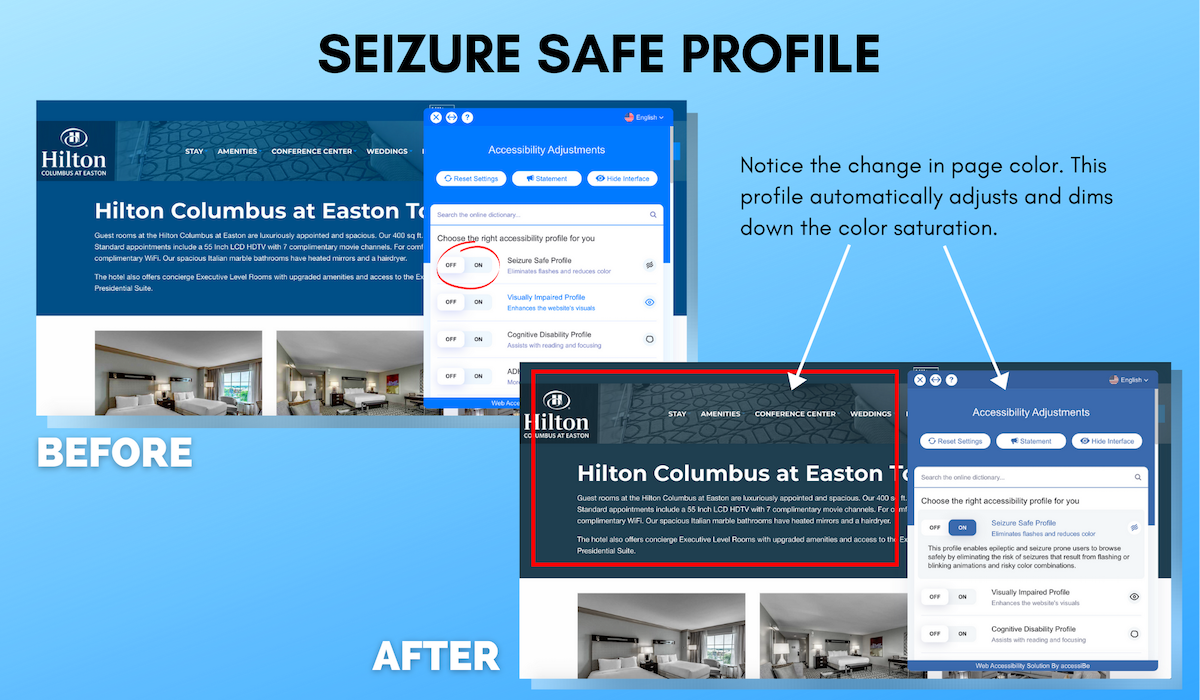
Creating Accessible Websites as a Freelance Web Designer
In this digital era, the importance of web design cannot be overstated. Websites serve as the virtual front doors to businesses, organizations, and individuals, and ensuring that they are accessible to all is paramount. In this article, we embark on a journey through the realm of freelance web design, with a special focus on creating accessible websites. Let us delve into the intricacies of this vital field, where aesthetics meet functionality.
The Significance of Accessibility in Web Design
Bridging the Digital Divide
As freelance web designers, our primary goal should be to bridge the digital divide. We must strive to make the internet a space where everyone, regardless of their abilities or disabilities, can access information and services effortlessly. In doing so, we not only empower those with disabilities but also open new avenues for businesses and creators.
Legal and Ethical Imperatives
Web accessibility is not merely a choice; it's a legal and ethical imperative. Laws such as the Americans with Disabilities Act (ADA) and the Web Content Accessibility Guidelines (WCAG) underscore the importance of creating accessible websites. Ignoring these standards can result in legal consequences and damage to one's reputation.
The Artistry of Web Design
Balancing Aesthetics and Functionality
Freelance web designers are akin to digital artists, crafting online experiences that captivate and engage users. However, we must strike a delicate balance between aesthetics and functionality. An accessible website can be visually appealing while ensuring an inclusive experience for all.
Responsive Design
In today's multi-device landscape, responsive design is key. Ensuring that websites adapt seamlessly to various screen sizes and devices enhances accessibility. We'll explore responsive design techniques that guarantee a consistent user experience.
Navigating the Technical Terrain
The Role of Semantic HTML
Semantic HTML is the backbone of web accessibility. By structuring content using appropriate HTML tags, we create a logical hierarchy that screen readers and search engines can understand. We'll delve into the nuances of semantic HTML and its impact on accessibility.
Alt Text for Images
Images play a significant role in web design, but they must be accompanied by descriptive alt text. We'll learn how to create meaningful alt text that enhances accessibility and SEO.
User Experience and Accessibility
Enhancing User Experience
Accessibility goes hand in hand with a superior user experience. We'll explore strategies for improving website usability, ensuring that every visitor enjoys a seamless journey through your site.
Testing and Iteration
The journey toward accessibility doesn't end with the website's launch. Regular testing and iterative improvements are essential. We'll discuss tools and techniques for ongoing accessibility testing.
Conclusion: Crafting a More Inclusive Digital World
As freelance web designers, our responsibility extends beyond aesthetics. We have the power to shape the digital landscape, making it more accessible and inclusive. By embracing web accessibility principles and continually refining our skills, we can create a virtual world where everyone is welcome.
Frequently Asked Questions
Q1: Why is web accessibility crucial for freelance web designers?
Ensuring web accessibility is not just about compliance; it's about reaching a broader audience and making the internet a more inclusive space. By embracing accessibility, freelance web designers can broaden their client base and contribute to a more equitable online world.
Q2: How can I ensure my website complies with accessibility standards?
Compliance with accessibility standards involves a combination of techniques, including semantic HTML, descriptive alt text, and responsive design. Staying up-to-date with the latest guidelines and testing tools is essential.
Q3: What are the benefits of responsive web design in terms of accessibility?
Responsive web design ensures that your site looks and functions well on various devices, making it more accessible to a diverse audience. It improves user experience and can positively impact your site's SEO.
Q4: How can I test the accessibility of my website?
There are several accessibility testing tools available, such as WAVE and axe. Regularly run these tests and address any issues they uncover. User testing with individuals with disabilities can also provide valuable insights.
Q5: Are there any legal implications for not having an accessible website?
Yes, there can be legal consequences for not complying with accessibility standards, especially in regions where web accessibility laws are in place. It's essential to familiarize yourself with the relevant regulations and ensure your site meets them.
Q6: What are some best practices for creating accessible web content?
Some best practices include providing clear navigation, using legible fonts and color contrasts, ensuring keyboard navigation, and offering alternatives for multimedia content.
Summary:
In the world of freelance web design, creating accessible websites is not just a trend; it's a moral and legal imperative. As we craft the virtual spaces that define our digital era, let us remember that accessibility is not a burden but an opportunity—an opportunity to connect with a broader audience, enhance user experiences, and contribute to a more inclusive online world.
For More Articles you can go through these links:-
Freelance Web Design Creating Accessible Websites
Freelance Web Development Should You Specialize or Generalize
How to Find High-Paying Web Development Clients as a Freelancer
Creating a Winning Proposal Freelance Web Development Contracts
Staying Productive and Avoiding Burnout as a Freelance Web Worker
